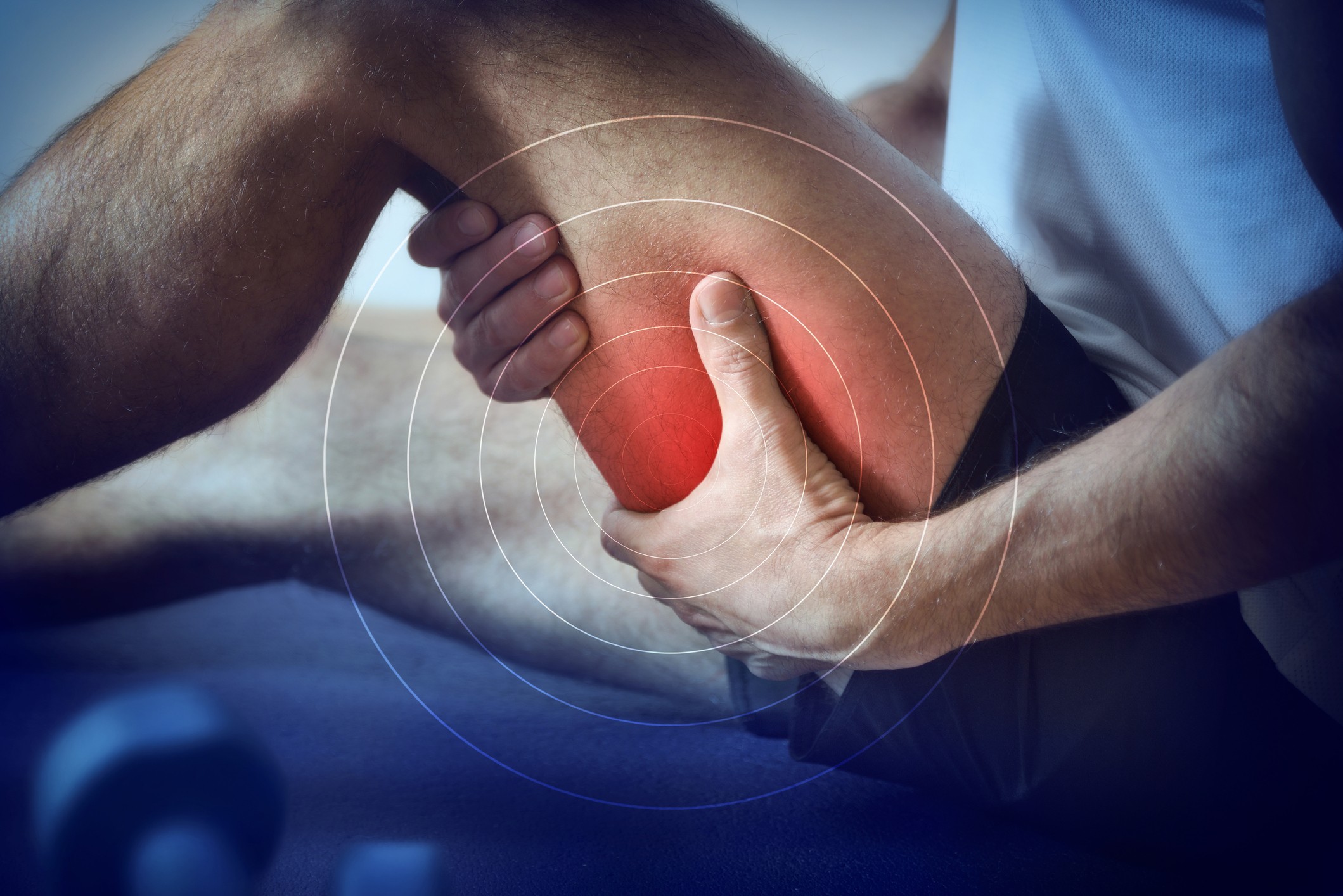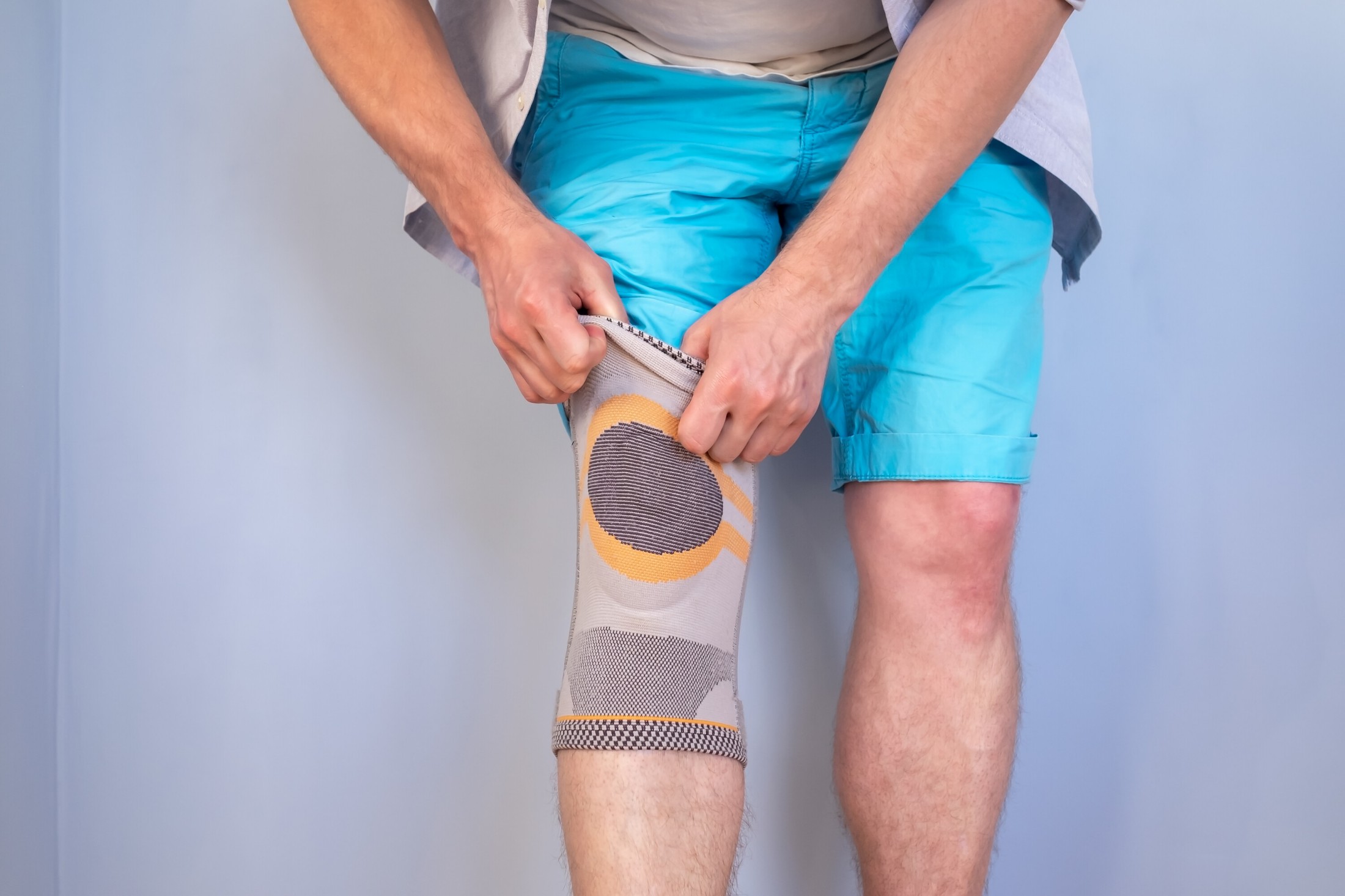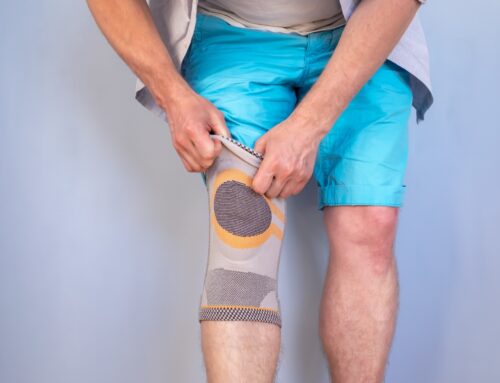Whether you’re walking, running, or simply standing, your feet provide the foundation for every movement. When your feet are unstable, it can lead to discomfort, balance issues, and even more serious health problems over time. For those seeking to enhance their stability, orthotic footwear offers a personalized solution.
Designed to support your unique foot structure, orthotic shoes not only improves stability but also alleviates pain and prevents injuries.
What is Orthotic Footwear?
Orthotic shoes provide customized support and alignment for your feet. Unlike regular shoes that offer standard cushioning and fit, these shoes address specific foot conditions, enhancing comfort and stability. These shoes incorporate orthotic inserts or features that correct abnormal foot mechanics, support arches, and alleviate pressure points.
Each type of supportive shoes offers distinct advantages depending on your specific needs and lifestyle. Whether you require custom-made support for a severe condition or simply want to enhance the comfort of your everyday shoes, there’s an orthotic option designed to help you achieve better foot health and stability.
Custom-Made Orthotics
Custom-made orthotics are bespoke inserts crafted specifically to match the unique contours of your feet. These orthotics are created based on a detailed assessment of your foot structure, gait, and any existing conditions. The process usually involves taking a mold or 3D scan of your feet, which is then used to design orthotics that provide optimal support and alignment.
Custom-made orthotics are highly effective for addressing issues such as flat feet, high arches, plantar fasciitis, and other biomechanical problems. They are often recommended by healthcare professionals for individuals with specific or severe foot conditions.
Over-the-Counter Orthotics
Over-the-counter orthotics are pre-made inserts that offer general support and can be placed in most types of footwear. While they are not tailored to individual foot contours like custom orthotics, they still provide significant benefits for those seeking improved comfort and stability.
These customized insoles and shoes typically come in various sizes and shapes, with options for different arch types and cushioning levels. They are a convenient and cost-effective solution for people who need additional support but do not require the personalized fit of custom-made orthotics. Over-the-counter orthotics are ideal for individuals with mild foot discomfort or those looking to enhance the support of their everyday shoes.
Ankle-Foot Orthotics (AFOs)
Ankle-foot orthotics (AFOs) support both the ankle and foot, specifically designed for individuals with conditions that affect proper foot and ankle alignment, such as drop foot, cerebral palsy, or severe instability.
Typically made from lightweight materials like plastic or carbon fiber, AFOs are custom-molded to fit the lower leg and foot. They stabilize the ankle joint, control foot motion, and provide essential support to prevent falls and improve mobility. Commonly used in rehabilitation settings, AFOs are vital for individuals with neurological or orthopedic conditions that impact their ability to walk.
Orthotic Sandals and Slippers
Orthotic sandals and slippers are designed to provide the same level of support as traditional orthotics but are crafted for casual or indoor wear. These footwear options are ideal for individuals who spend a lot of time at home or in relaxed environments but still require the benefits of orthotic support.
Orthotic sandals and slippers typically feature contoured footbeds that support the arches and align the feet properly, reducing strain on the muscles and joints. They are available in various styles, from open-toed sandals to cozy slippers, making them a versatile option for maintaining foot health in different settings. These shoes are especially beneficial for those with flat feet, plantar fasciitis, or diabetes, as they help prevent foot fatigue and provide comfort throughout the day.
Orthotic Athletic Shoes
Orthotic athletic shoes are specifically engineered for sports and physical activity, offering enhanced support and shock absorption. These shoes are designed to accommodate custom-made orthotics or come with built-in orthotic features that cater to different foot types and athletic needs.
Orthotic athletic shoes are ideal for runners, hikers, or anyone involved in high-impact activities that put additional stress on the feet. They typically include features like reinforced arches, cushioned soles, and motion control elements to reduce the risk of injury and improve performance. By providing the necessary support and alignment, supportive athletic shoes help athletes maintain proper form, prevent overuse injuries, and enhance their overall athletic experience.
How Orthotic Footwear Enhances Stability
Supportive footwear enhances stability by addressing the unique needs of your feet. Unlike standard shoes that offer a one-size-fits-all approach, these shoes are customized to fit the specific contours and requirements of your feet. This personalized fit supports each step you take, reducing the risk of imbalance or discomfort.
A key feature of supportive footwear is its targeted arch support. Whether you have high arches, flat feet, or anything in between, these shoes maintain proper foot alignment. By supporting your arches, they evenly distribute your body weight across your feet, reducing pressure points and preventing overpronation or supination.
Supportive footwear also prevents common foot problems like plantar fasciitis and flat feet. Plantar fasciitis, caused by inflammation of the tissue connecting the heel bone to the toes, often worsens with poor foot support. Supportive footwear provides the necessary cushioning and stability to relieve strain on this tissue, promoting healing and preventing recurrence.
For individuals with flat feet, supportive footwear offers structured support to prevent arch collapse, enhancing stability and reducing discomfort.
Why Foot Stability Matters
Your feet serve as the foundation of your body, and when they remain stable, they support proper posture, balance, and movement. Stable feet evenly distribute your body weight, reducing strain on your muscles and joints. This not only enhances your mobility but also helps prevent various physical issues.
When your foot stability falters, it can trigger a chain reaction of problems throughout your body. Poor foot stability often leads to misalignment, causing discomfort or pain in your knees, hips, and lower back. Over time, these issues can escalate into more serious conditions, such as chronic joint pain, plantar fasciitis, or even arthritis. Instability in your feet also increases the risk of falls, especially in older adults, potentially leading to injuries.
Benefits of Orthotic Footwear
Orthotic footwear offers a range of benefits that extend beyond just providing comfort—it actively contributes to improving your overall quality of life. By addressing specific foot issues and enhancing stability, orthotic footwear helps you move with greater confidence and ease.
Improved Balance and Reduced Risk of Falls
Orthotic footwear improves balance by providing customized support and proper alignment, ensuring that your feet stay firmly grounded with every step. This enhanced stability is especially important for individuals at risk of falling, such as older adults or those with balance issues. By wearing orthotic footwear, you significantly reduce the risk of falls, leading to greater safety and independence.
Enhanced Comfort for Daily Activities
Orthotic footwear enhances comfort, making daily activities more enjoyable. Whether you walk, stand for long periods, or engage in physical activities, these shoes reduce pressure on your feet and minimize discomfort. The customized fit and support properly cushion your feet, reducing strain on your muscles and joints. This added comfort allows you to stay active without the pain or fatigue that often comes with poorly supported feet.
Long-Term Health Benefits
Wearing orthotic footwear can have long-term health benefits that go beyond immediate comfort. By maintaining proper foot alignment and reducing stress on your feet, ankles, knees, and lower back, orthotic footwear helps prevent the development of chronic conditions such as arthritis, plantar fasciitis, and joint pain. Over time, this proactive approach to foot health can lead to improved posture, reduced wear and tear on your joints, and a lower likelihood of developing mobility issues as you age.
Who Can Benefit from Orthotic Footwear?
Orthotic footwear is a versatile solution that addresses a wide range of foot-related conditions, benefiting individuals who experience discomfort, instability, or chronic foot problems. Whether you have a specific condition or simply want to improve your overall foot health, these shoes provide targeted support and relief.
Conditions Improved by Orthotic Footwear
Orthotic footwear is particularly effective in managing and alleviating symptoms associated with several common foot conditions. For those with flat feet, orthotic shoes provide essential arch support, preventing the collapse of the foot’s natural arch and reducing strain on the tendons and ligaments. Individuals with high arches also benefit from the additional cushioning and stability that orthotic footwear offers, helping to evenly distribute weight and reduce pressure on the heel and ball of the foot.
People suffering from arthritis can find significant relief in orthotic footwear, as these shoes help to absorb shock and reduce joint stress, easing the pain and inflammation often associated with the condition. Similarly, those with diabetes can benefit from the protective features of orthotic footwear, which helps prevent foot ulcers and other complications by reducing pressure points and enhancing overall foot care.
Is Orthotic Footwear Right for You?
While orthotic footwear is beneficial for individuals with specific foot conditions, it is also ideal for anyone seeking to improve their foot stability and comfort.
- Individuals with Flat Feet: Those who need additional arch support to prevent foot fatigue and pain.
- Individuals with High Arches: Those who require cushioning and stability to reduce the risk of injuries and discomfort.
- Arthritis Sufferers: Individuals who need to minimize joint stress and improve mobility.
- Diabetic Individuals: Those who need to protect their feet from pressure points and potential complications.
In addition to these groups, orthotic footwear can also benefit athletes, older adults, and anyone who spends long periods on their feet. By offering customized support and alignment, orthotic footwear helps enhance stability, prevent injuries, and improve overall foot health for a broad range of people.
Choosing the Right Orthotic Footwear
The correct choice can significantly enhance your comfort, stability, and overall foot health. However, with various options available, it’s important to consider a few key factors to ensure that you choose the best orthotic footwear for your specific needs.
How to Select the Best Orthotic Footwear for Your Needs
When choosing orthotic footwear, the first step is to understand your unique foot structure and any specific conditions you may have. Consider whether you have flat feet, high arches, or specific issues like plantar fasciitis or arthritis. This will help you determine the type of support and cushioning you need. For instance, individuals with flat feet might require orthotics with strong arch support, while those with high arches may need extra cushioning to distribute pressure evenly.
Next, consider the activities you engage in regularly. If you spend a lot of time on your feet, whether at work or during exercise, you may need orthotic footwear that provides additional support and shock absorption. For athletes, orthotic athletic shoes designed to enhance performance while reducing the risk of injury might be the best option.
Select a snug fit that offers support without being too tight, as this could lead to discomfort. Allow enough room for your toes to move freely, and cushion the heel well to prevent slipping or irritation.
While there are general guidelines for choosing orthotic footwear, consulting with a healthcare professional, such as a Chiropodist, can make a significant difference. A professional can assess your foot structure, gait, and any underlying conditions to recommend the most suitable orthotic footwear for you.
Step Forward with Confidence
Orthotic footwear offers a powerful solution for enhancing foot stability and overall well-being. By providing customized support, proper alignment, and relief from common foot conditions, these specialized shoes make a significant difference in how men and women move and feel every day. Whether you’re looking to improve balance, reduce the risk of falls, or simply enjoy greater comfort during daily activities, orthotic footwear is a smart choice.
The benefits of orthotic footwear extend far beyond immediate comfort. With the right pair, you can prevent long-term health issues, protect your joints, and maintain a more active and independent lifestyle. By addressing the unique needs of your feet, orthotic footwear empowers you to step forward with confidence, knowing that your foundation is strong and secure.
If you’re experiencing discomfort, instability, or specific foot conditions, it’s the perfect time to explore the benefits of orthotic footwear. Contact Care-Med for a foot assessment with our Chiropodist. Take the first step toward improved foot health and enhanced quality of life. Your feet are the foundation of every movement—give them the support they deserve with expert guidance and customized orthotic solutions.
Share This Story, Choose Your Platform!
Table of Contents
We specialize in orthotics, body braces, and compression wear tailored to your unique needs in Toronto. Reach out to us at info@caremed.care or call 416-782-5353 to book your fitting and consultation.
Experience the difference of customized solutions designed just for you.











